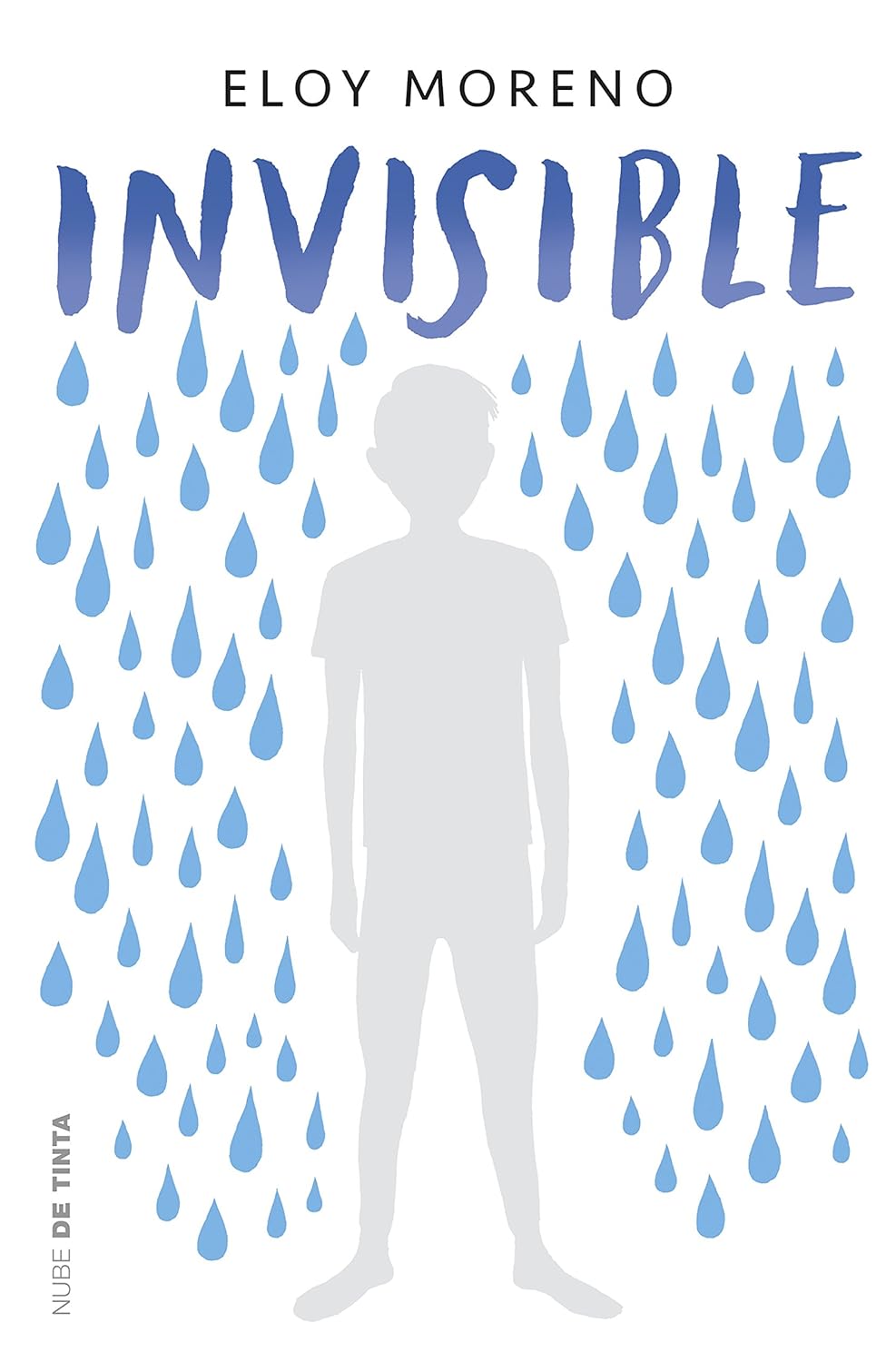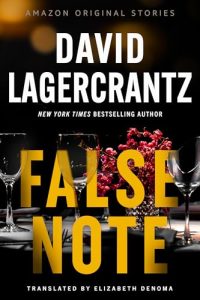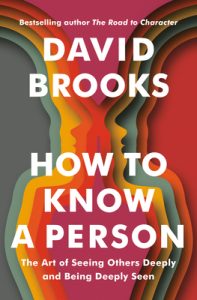
Invisible by Eloy Moreno is one of those rare books that leaves an imprint long after you’ve turned the last page. Told through the eyes of a young boy, it’s a powerful and emotionally charged story about bullying, loneliness, and the silent suffering that often goes unnoticed. With simple yet poignant prose, Moreno explores what it means to be seen and unseen in a world that too often looks the other way.
The story begins with a question that most of us have asked ourselves at least once: Who hasn’t wanted to be invisible? For the protagonist, invisibility is both a dream and a curse. When he most wishes to disappear, the world seems to notice him. When he desperately wants to be seen, everyone turns away. This metaphor becomes the emotional core of the novel, symbolizing the isolation, confusion, and pain of a child subjected to relentless bullying.
Many readers have praised Moreno’s storytelling for its authenticity and emotional power. One reader described Invisible as “the best book about bullying I have ever read,” highlighting how the author captures the psychological scars that remain long after the bullying stops. The story does not shy away from showing the harsh reality of trauma, and the ending leaves no room for idealized recovery. Instead, it acknowledges the lifelong impact that such experiences can have.
Moreno also uses imaginative concepts such as a boy who believes he has superpowers and a teacher with a dragon to illustrate how children process pain and seek meaning in their suffering. These touches of magical realism make the narrative both accessible and heartbreaking, reminding readers that behind every “invisible” child is a story that deserves to be heard.
However, not all readers were equally impressed. Some critics argue that the writing style is overly simplistic and moralistic. They point out that the prose is repetitive, the metaphors too obvious, and the structure filled with ellipses and dramatic pauses. The narration, they say, lacks nuance, painting the world in black and white instead of exploring the gray areas that make real human behavior so complex. For them, Invisible is more of a social message wrapped in fiction than a piece of high literary art.
Still, even these critics acknowledge the book’s importance. Its straightforward language and emotional clarity make it accessible to younger readers and ideal for sparking conversations about empathy, kindness, and emotional education. Moreno’s work encourages us to look beyond appearances, to notice the quiet struggles of those who seem fine, and to understand that invisibility often hides deep pain.
Invisible is not a perfect book, but it is an essential one. Its emotional honesty and moral urgency outweigh its literary imperfections. Whether you find it too simple or profoundly moving, you will not remain indifferent. It challenges readers to see the unseen, to listen when silence speaks, and to remember that a little empathy can save a life.
If you’re ready to experience this moving story for yourself, you can find Invisible on Amazon here: Buy the book.


